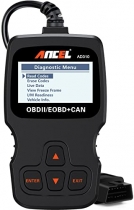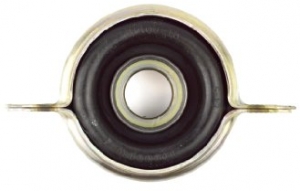-
Welcome to Tacoma World!
You are currently viewing as a guest! To get full-access, you need to register for a FREE account.
As a registered member, you’ll be able to:- Participate in all Tacoma discussion topics
- Communicate privately with other Tacoma owners from around the world
- Post your own photos in our Members Gallery
- Access all special features of the site
Universal OBDII DTC reference, hope this helps
Discussion in '1st Gen. Tacomas (1995-2004)' started by TicTacToy99, Oct 23, 2022.


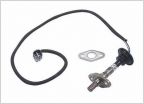 Bank 1 Sensor 2 location
Bank 1 Sensor 2 location Oxygen Sensors
Oxygen Sensors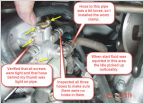 How to test coil pack
How to test coil pack Aisin timing belt kit
Aisin timing belt kit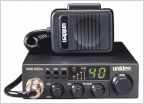 CB Radio purchase options?!?!
CB Radio purchase options?!?!






















































